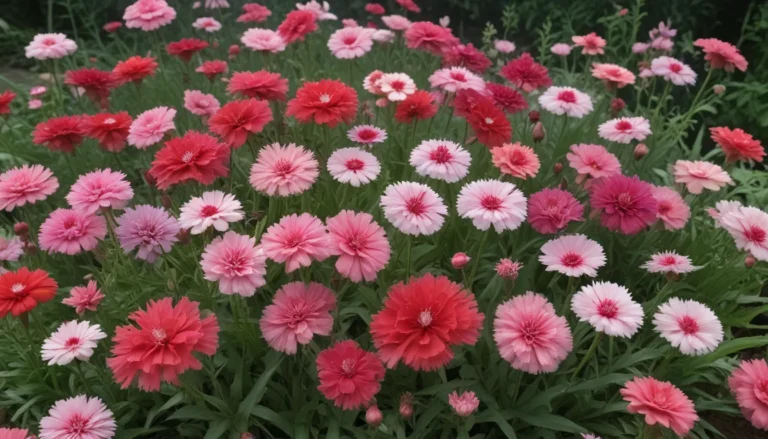Controlling White Leaf Spots on Cruciferous Vegetables: Everything You Need to Know

Are you a fan of turnips, rutabagas, canola, mustard, radish, or horseradish? If so, you may have encountered a pesky problem known as white leaf spots. These spots, caused by fungi such as Cercospora or Pseudocercosporella, can wreak havoc on your cruciferous vegetables, leading to significant pod losses and other issues.
Understanding the Culprit: Cercospora / Pseudocercosporella
The fungi responsible for white spot disease are particularly fond of attacking turnips, rutabagas, canola, mustard, radish, horseradish, and hybrids of turnips and mustard. However, they are less likely to affect kale, collards, broccoli, or cauliflower. These fungi thrive in cool weather conditions, striking when temperatures hover between 55 to 65 degrees Fahrenheit. For example, canola plants in Europe have experienced pod losses of up to 15% due to this disease.
What can you do to combat this fungal menace? Let’s delve into the symptoms, life cycle, and control measures for white spot disease on crucifers.
Symptoms of White Spot Disease
Spotting circular white lesions on the leaves, stems, or pods of your cruciferous plants is a clear sign of white spot disease. As the disease progresses, these spots may develop dark borders, eventually resembling shot holes. Infected leaves may turn yellow and dry out, while stems develop superficial lesions that transition from brown to ash-gray or white. Similarly, seed pods affected by this disease display small brown spots that enlarge and turn grayish-white with dark spots.
Factors Favoring Disease Development
White spot disease thrives in cool, moist conditions. Infected plant remains act as a breeding ground for disease-spreading spores. Wind disperses sexual spores over long distances during moist fall weather with temperatures between 55 to 65 degrees Fahrenheit. In late fall, rain or splashing water spread asexual spores that can lead to disease in the following spring. The fungus can also overwinter in volunteer crop plants or susceptible weeds like wild mustard, wild radish, and shepherd’s purse.
Cultural Controls to Combat White Spot
Prevention is key in managing white spot disease in cruciferous vegetables. Here are some cultural controls you can implement:
- Remove susceptible weeds and volunteer cruciferous plants near your crops.
- Clear plant debris at the end of the season or plow it deep into the soil.
- Rotate your crops and avoid growing brassicas in the same area for three years.
- Refrain from planting cole crops in or near previously infected areas.
Moreover, promoting good soil drainage can enhance your plants’ resilience against this fungal infection.
Treating White Spot with Liquid Copper
Liquid copper, a certified organic solution, can help combat white spot fungus on your cole crops. When you spot the disease, spray all plant parts thoroughly, including the tops and bottoms of leaves. Repeat this spraying every 7-10 days for optimal control.
Fungicide Treatment for White Spot
As soon as you notice symptoms of white spot disease, consider applying the fungicide Benlate to your plants. Benlate, a 50% solution of benomyl compound, can be effective in managing the disease. However, caution is advised as Benlate can be toxic to certain cruciferous vegetables, particularly cabbage.
Targeted Infectiousness of White Spot Fungi
It’s worth noting that while white spot fungi tend to spare kale, collards, cauliflower, and broccoli, they are notorious for affecting a variety of cruciferous vegetables. These fungi are cold-weather enthusiasts and frequently overwinter on volunteer crucifers, susceptible weeds, or plant tissue. While liquid copper treatment is an option, preventing the disease through cultural practices remains the most effective method of control.
Have you encountered white spot fungus on your crucifer plants? Feel free to share your experiences in the comments below.
If you’re still trying to pinpoint a specific disease affecting your cole crops, check out our other guides on identifying and treating various ailments.
Cruciferous vegetables are a delightful addition to any garden, but protecting them from white spot disease requires vigilance and proactive measures. By implementing the strategies outlined above, you can safeguard your precious plants and enjoy a bountiful harvest free from fungal invasions.
Remember, prevention is the best cure when it comes to white spot disease on crucifers. Stay informed, stay observant, and watch your garden thrive.





